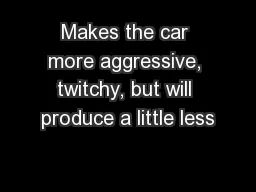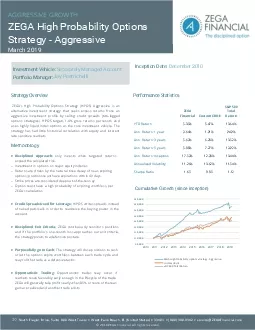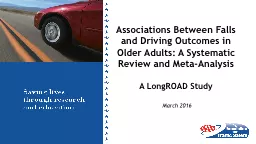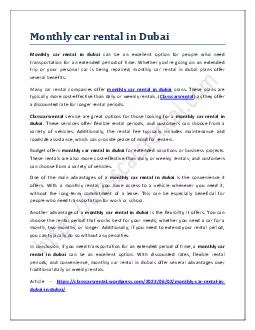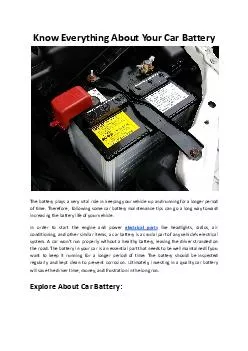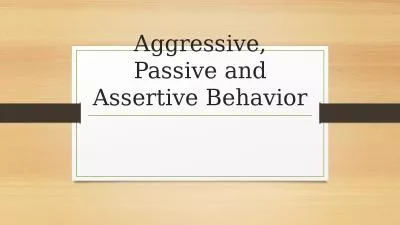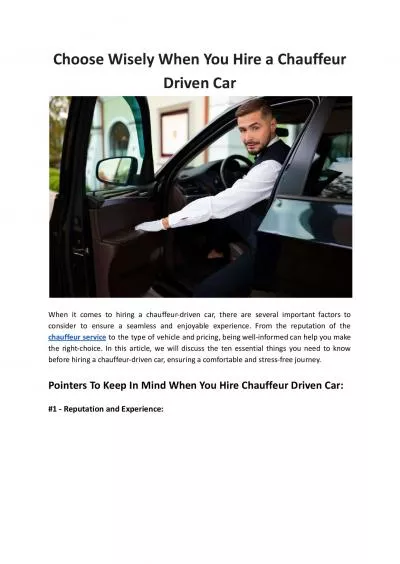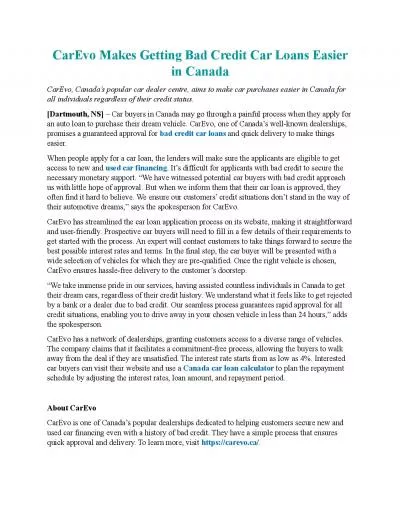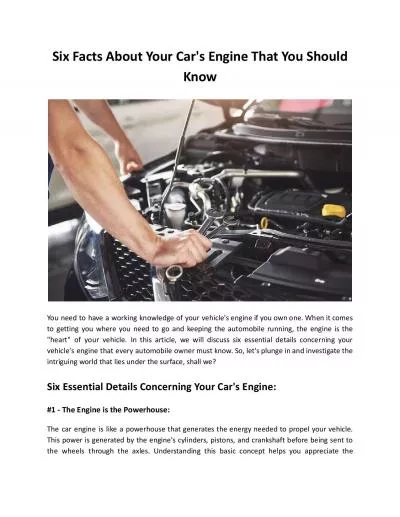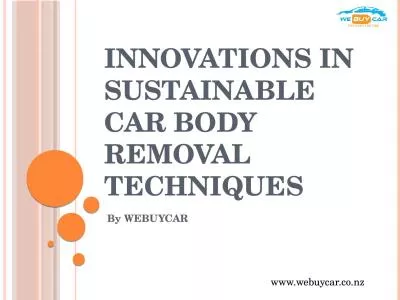PDF-Makes the car more aggressive, twitchy, but will produce a little less
Author : lindy-dunigan | Published Date : 2016-08-16
xF0B7 corner traction makes the car transition faster from side to side xF0B7 Good starting setting would be a medium inner link position both front and rear Makes
Presentation Embed Code
Download Presentation
Download Presentation The PPT/PDF document "Makes the car more aggressive, twitchy, ..." is the property of its rightful owner. Permission is granted to download and print the materials on this website for personal, non-commercial use only, and to display it on your personal computer provided you do not modify the materials and that you retain all copyright notices contained in the materials. By downloading content from our website, you accept the terms of this agreement.
Makes the car more aggressive, twitchy, but will produce a little less: Transcript
Download Rules Of Document
"Makes the car more aggressive, twitchy, but will produce a little less"The content belongs to its owner. You may download and print it for personal use, without modification, and keep all copyright notices. By downloading, you agree to these terms.
Related Documents

